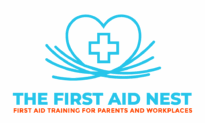Heart Attack First Aid: How to Recognise and Respond in an Emergency
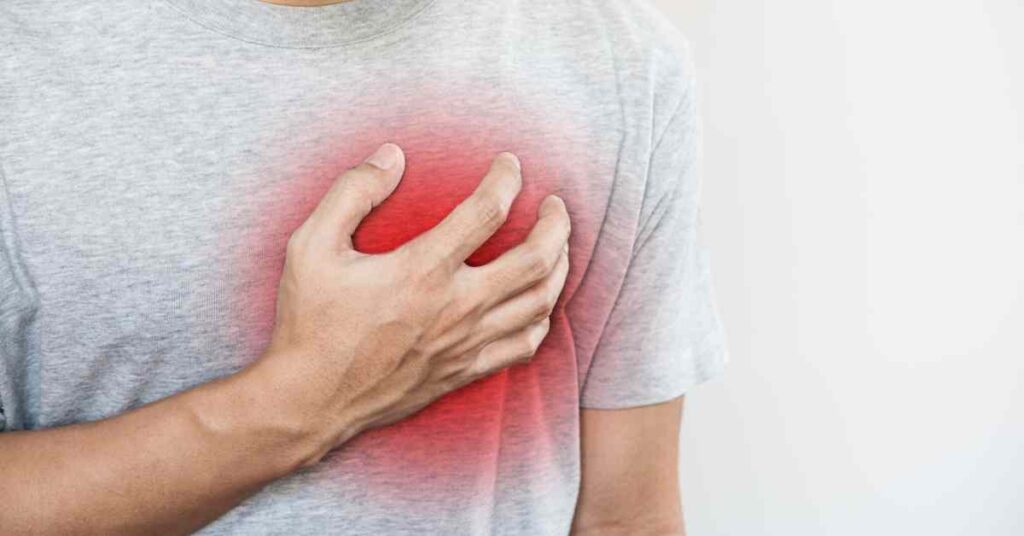
A heart attack is one of the most serious medical emergencies, and knowing how to respond could save someone’s life. A heart attack happens when blood flow to the heart is blocked, often by a blood clot or fatty deposits in the arteries. Without quick treatment, the heart muscle can suffer serious damage. Recognising the symptoms and acting fast is critical to improving the person’s chances of recovery.
This guide explains how to identify the signs of a heart attack, the steps you can take to help, and the use of life-saving techniques like CPR and AEDs (Automated External Defibrillators).
What Is a Heart Attack?
A heart attack, or myocardial infarction, occurs when blood flow to part of the heart is blocked. The heart muscle relies on oxygen-rich blood to function, and when this supply is interrupted, the affected muscle begins to die.
A heart attack is different from cardiac arrest. During a heart attack, the heart continues to beat, although it is severely stressed. In contrast, cardiac arrest happens when the heart stops beating altogether. However, a heart attack can lead to cardiac arrest if not treated promptly.
Recognising the Signs of a Heart Attack
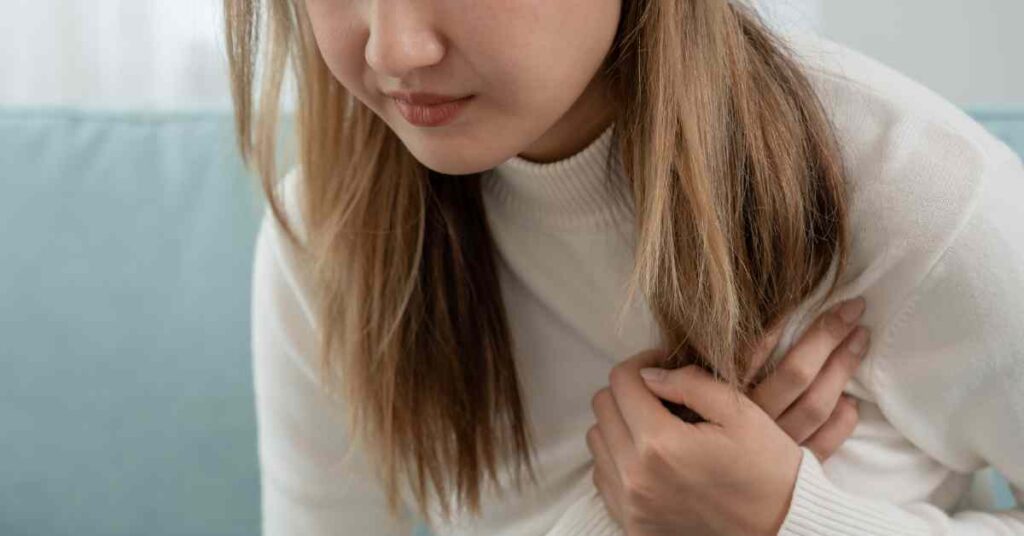
Heart attack symptoms can vary from person to person, but common signs include:
- Chest Pain or Discomfort: A squeezing, tight, or heavy feeling in the chest that can last for several minutes or come and go.
- Pain Radiating to Other Areas: Pain or discomfort may spread to the arms, back, neck, jaw, or stomach.
- Shortness of Breath: Difficulty breathing, even at rest.
- Nausea or Vomiting: Feeling sick or light-headed.
- Cold Sweat: Sudden, clammy skin.
- Extreme Fatigue or Weakness: Particularly common in women, this may feel like overwhelming exhaustion.
Some people, especially women, may experience less typical symptoms like indigestion or back pain, so it’s important to act even if symptoms seem mild.
What to Do if Someone Is Having a Heart Attack
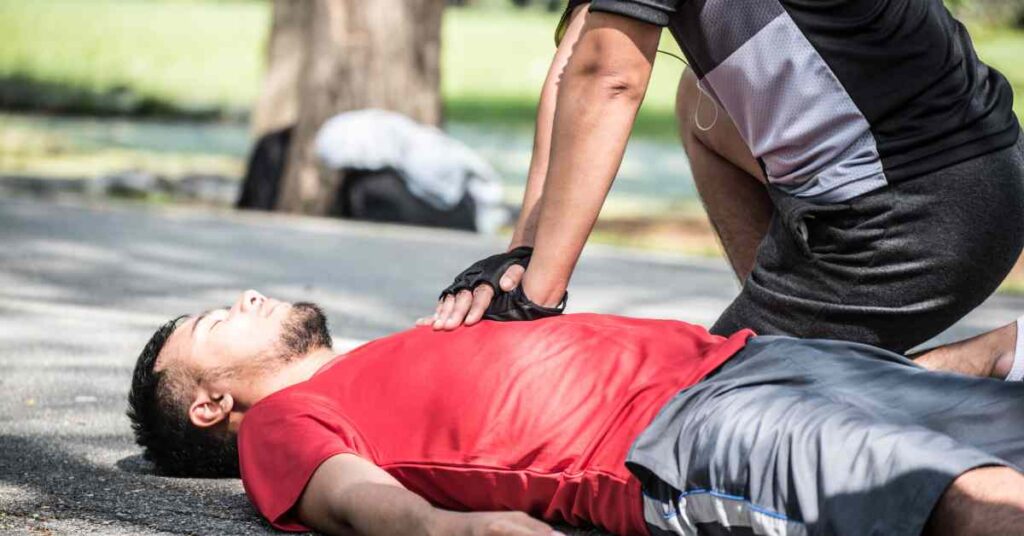
If you suspect someone is having a heart attack, follow these steps immediately:
1. Call Emergency Services (000 in Australia)
- Dial triple zero (000) and explain the situation clearly. Provide details about the person’s symptoms and location.
- Don’t wait to see if the symptoms improve—it’s always better to act quickly.
2. Help Them Stay Calm
- Encourage the person to sit down and rest. Keeping them calm reduces strain on the heart.
- Loosen any tight clothing to help them breathe more easily.
3. Assist with Medication
- If the person has nitroglycerin prescribed for heart conditions, help them take it as directed.
- Offer a single 300mg aspirin tablet if they’re not allergic. Aspirin helps thin the blood, which can reduce heart damage.
4. Prepare for CPR If Needed
- If the person collapses and stops breathing, start CPR immediately. Place your hands on the centre of their chest and push hard and fast at a rate of 100–120 compressions per minute.
5. Use an AED (Automated External Defibrillator)
- If an AED is available, turn it on and follow the voice prompts. Attach the pads to the person’s chest as directed and let the AED analyse their heart rhythm.
- If a shock is advised, ensure no one is touching the person and press the button to deliver the shock.
- Continue CPR if instructed by the AED until emergency services arrive.
What Not to Do During a Heart Attack
- Do Not Leave Them Alone: Stay with the person to monitor their condition and provide reassurance.
- Avoid Giving Food or Drink: This can complicate treatment if surgery is required.
- Don’t Wait for Symptoms to Improve: Acting quickly is critical to preventing further heart damage.
How to Reduce the Risk of Heart Attacks
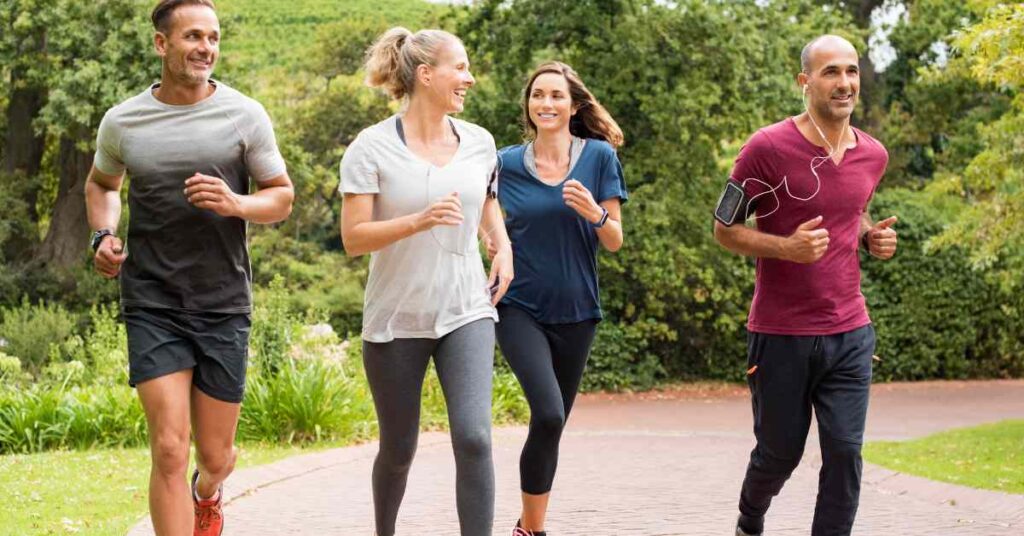
While not all heart attacks can be prevented, taking care of your heart health can lower your risk:
- Eat a Balanced Diet: Include plenty of fruits, vegetables, lean proteins, and whole grains. Limit saturated fats, salt, and sugar.
- Exercise Regularly: Aim for at least 30 minutes of physical activity most days.
- Quit Smoking: Smoking damages your blood vessels and increases your risk of heart disease.
- Manage Stress: Practice relaxation techniques like mindfulness or deep breathing to lower stress levels.
- Monitor Your Health: Get regular check-ups to keep an eye on your blood pressure, cholesterol, and blood sugar levels.
Want more? We’ve got you covered…
Our Baby First Aid Courses
Our baby first aid courses are available in person in your home and online. We run classes in your home with groups of 2, 4 or up to 10 in Sydney & Melbourne and you can book in 3 easy steps!
- Pick your class
- Follow the prompts to purchase
- We will contact you within 24 hours to lock in your date of choice
Our First Aid Certificate Courses
We run most of the popular first aid courses Australia wide. HLTAID011 Provide First Aid, HLTAID009 Provide CPR, HLTAID012 Provide First Aid in an Education & Care Setting, RAMOAP (anaphylaxis), Mental Health first aid and CPR/LVR to name a few.
Book your public spot online or contact us if you have a group of 5+ people for onsite training.
Here are some other resources you may enjoy!
FREE GUIDE: Your Virtual Baby First Aid Kit
FREE GUIDE: Introducing Common Allergy Foods & Allergic Reactions
FREE Workplace Emergency Preparedness Plan: Grab this at the bottom of every page!
Follow for baby & child first aid and allergy info and tips on Instagram & TikTok, all @thenestcpr
